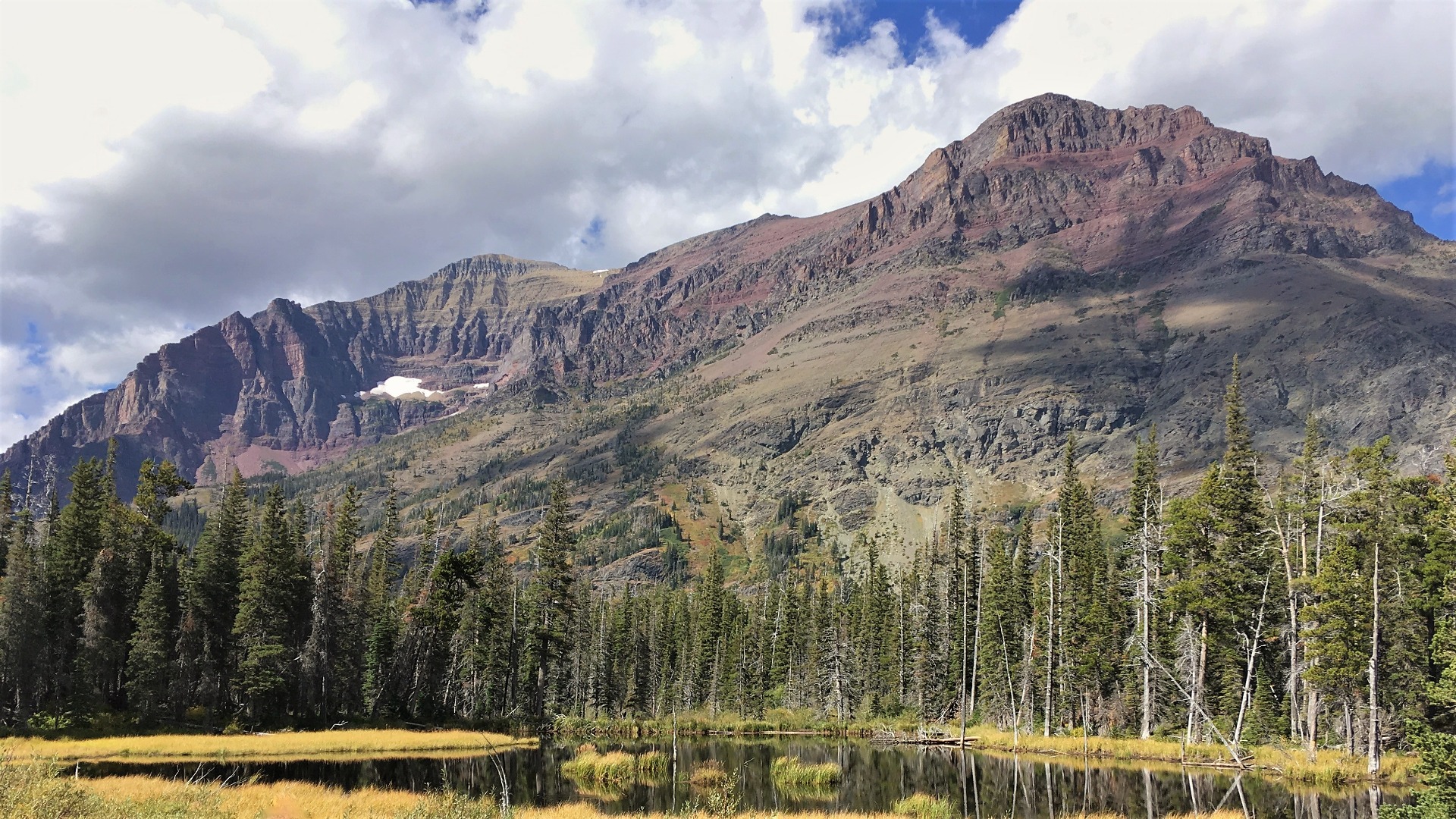Spring and summer transform America’s national parks into natural nurseries, where a new generation of wildlife takes its first steps into the world. From wobbly-legged elk calves in the meadows of Rocky Mountain National Park to playful wolf pups in Yellowstone, witnessing these new beginnings offers some of nature’s most heartwarming and memorable experiences. The appearance of baby animals not only delights visitors but also provides a precious glimpse into the circle of life that sustains these protected ecosystems.
This guide will help you discover where and when to respectfully observe these adorable new arrivals across America’s most spectacular wild spaces.
Yellowstone National Park: A Baby Animal Paradise
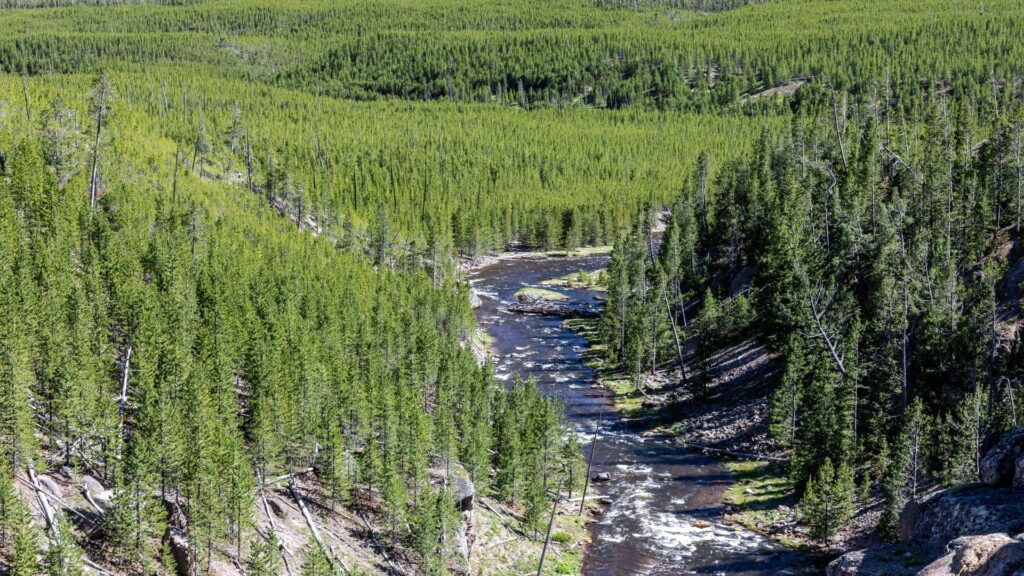
Yellowstone National Park transforms into a veritable nursery during late spring and early summer, offering some of the most diverse baby animal viewing opportunities in the country. The Lamar Valley, often called “America’s Serengeti,” becomes particularly active with bison calves (nicknamed “red dogs” for their distinctive reddish-orange coats) following their mothers across the expansive meadows from mid-April through June. Wolf pups typically emerge from their dens in late May through June, though spotting them requires patience, good optics, and often the guidance of the many wolf watchers who gather at prime viewing areas with powerful spotting scopes.
Black and grizzly bear cubs, born during winter hibernation, make their first appearances alongside their protective mothers between April and July, most commonly spotted in the Hayden Valley, along the shores of Yellowstone Lake, or near the Roosevelt area.
Grand Teton National Park: Mountain Babies
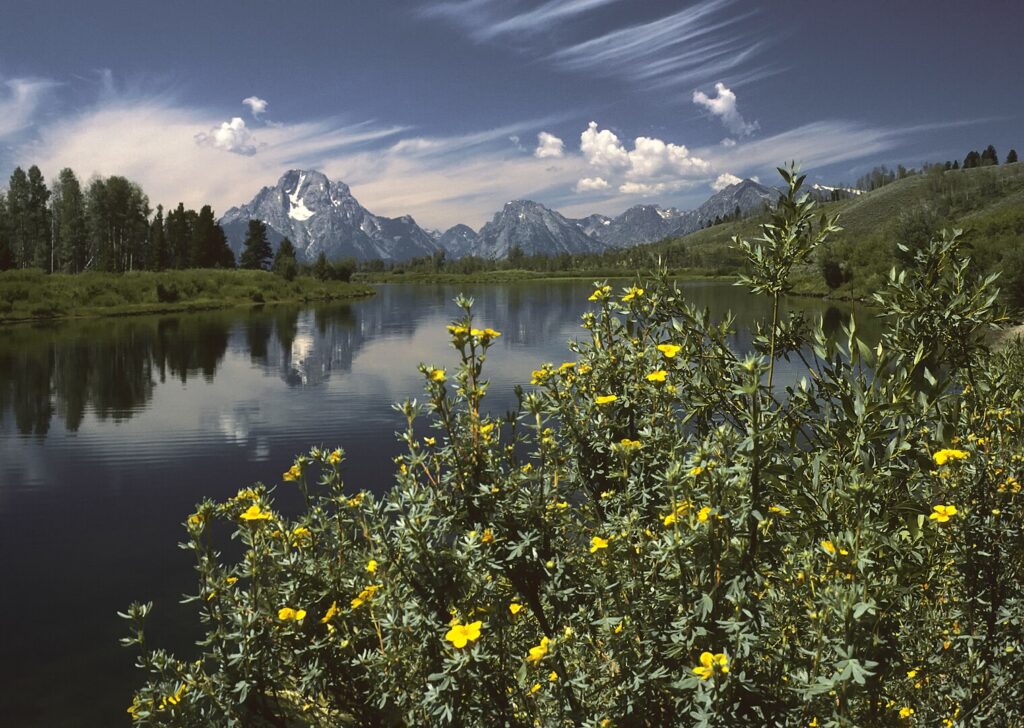
Just south of Yellowstone, Grand Teton National Park offers spectacular mountain backdrops for viewing baby animals in late spring and early summer. Moose calves, with their gangly legs and uniquely endearing appearance, can often be spotted alongside their mothers near willow thickets along the Snake River or in marshy areas like Willow Flats and Oxbow Bend from late May through June. Elk calves appear in impressive numbers during May and June, particularly in the sagebrush flats near Mormon Row and Antelope Flats, where entire herds gather with their newborns.
Pronghorn fawns, remarkably capable of running up to 30 mph within days of birth, can be observed in the park’s open grasslands from mid-May through June, typically hiding in sagebrush when their mothers move away to feed. Trumpeter swan cygnets glide gracefully behind their parents on various ponds and lakes throughout the park from June through the summer months.
Rocky Mountain National Park: Alpine Nurseries
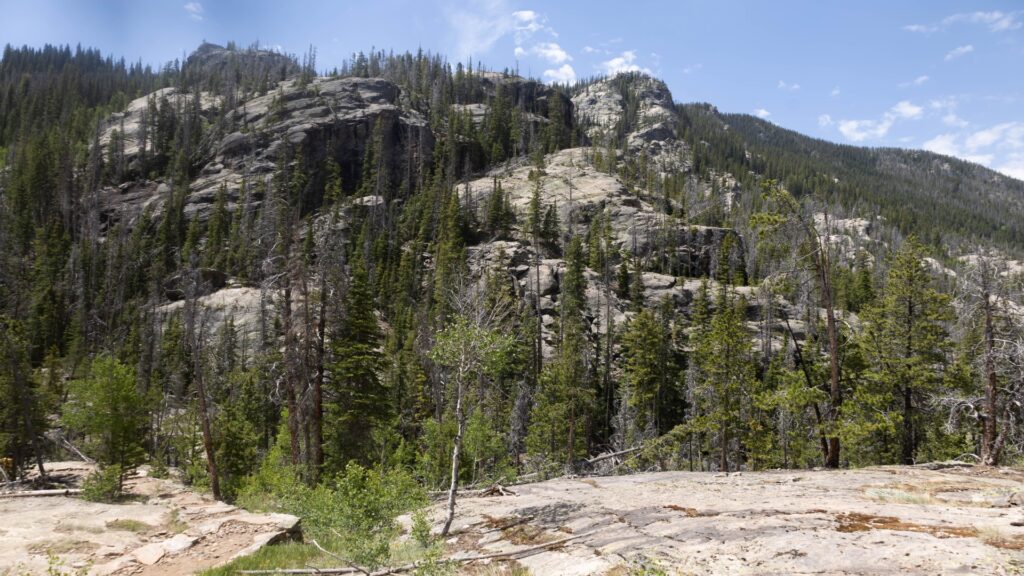
The high-elevation meadows and forests of Rocky Mountain National Park become vital nurseries as spring transitions to summer. Elk calves, sporting their distinctive spotted coats designed for camouflage, appear in large numbers from late May through June, particularly visible in the meadows around Moraine Park and Horseshoe Park during dawn and dusk hours. Bighorn sheep lambs perform astonishing feats of agility on the park’s steep rock faces from May through June, with Many Parks Curve and Sheep Lakes offering reliable viewing opportunities as mothers teach their young to navigate precipitous terrain.
Mule deer fawns, typically born as twins, can be spotted throughout the park’s lower elevations from late May through June, often left hiding in tall grasses while their mothers feed nearby. Abert’s squirrel babies, with their distinctive ear tufts just beginning to grow, emerge from their nests in the ponderosa pine forests by early summer, providing a charming smaller-scale wildlife encounter.
Olympic National Park: Coastal and Forest Youngsters

Olympic National Park’s diverse ecosystems—from coastal tidepools to alpine meadows—support an equally diverse array of baby animals throughout the spring and summer seasons. Roosevelt elk calves, members of the largest elk subspecies in North America, emerge in the lush rainforests and meadows from May through June, particularly visible along the Hoh River Trail and in the Quinault Valley. Harbor seal pups can be observed resting on coastal rocks and beaches from late June through August, with Rialto Beach and Kalaloch offering good viewing opportunities during low tide (always maintain substantial distance as mothers are highly protective).
Black bear cubs explore the park’s old-growth forests from spring through summer, commonly spotted along the quieter hiking trails of the Elwha, Sol Duc, and Quinault valleys. Olympic marmot pups, found nowhere else in the world outside this park, emerge from their burrows in the subalpine meadows of Hurricane Ridge by mid-summer, their playful antics making them a visitor favorite despite their smaller size.
Glacier National Park: Northern Rockies Nursery
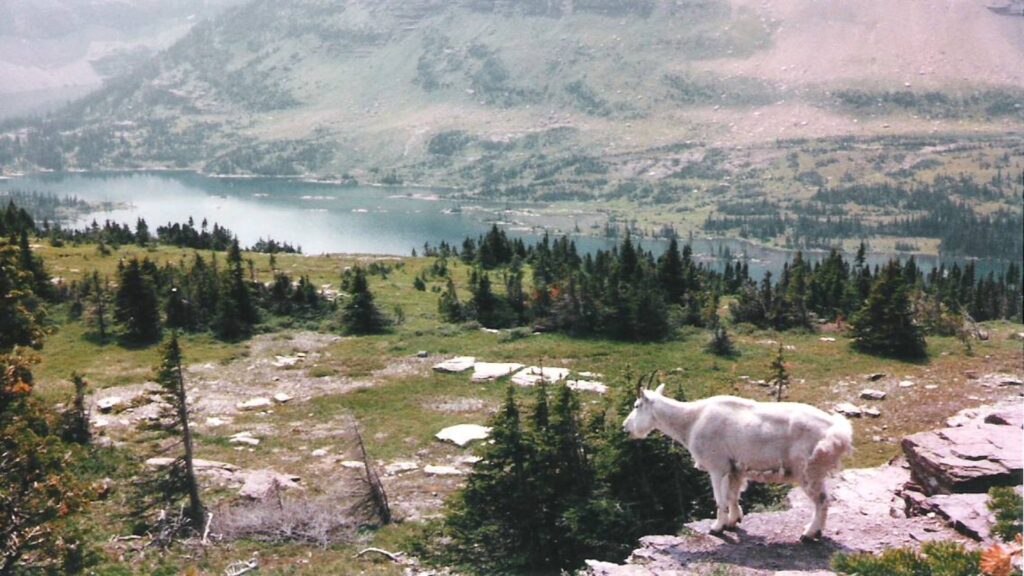
The rugged landscapes of Glacier National Park host remarkable wildlife birthing seasons as snow retreats from meadows and valleys. Mountain goat kids, born with the climbing abilities they’ll need for survival, can be spotted on precipitous slopes throughout the park from late May through June, with the Hidden Lake Overlook trail and areas around Logan Pass offering excellent viewing opportunities once the Going-to-the-Sun Road opens. Grizzly bear cubs, usually in their second year (yearlings), become more visible with their mothers in alpine meadows and berry patches from June through August, particularly along the eastern side of the park in the Many Glacier area.
Bighorn sheep lambs navigate the park’s rocky terrain beginning in late May through June, commonly seen near the pullouts along Going-to-the-Sun Road and around Many Glacier. River otter pups learn to swim and hunt in the park’s numerous lakes and streams from June through summer, with Lake McDonald and St. Mary Lake offering good viewing potential from shore or park boat tours.
Denali National Park: Alaska’s Wild Nursery
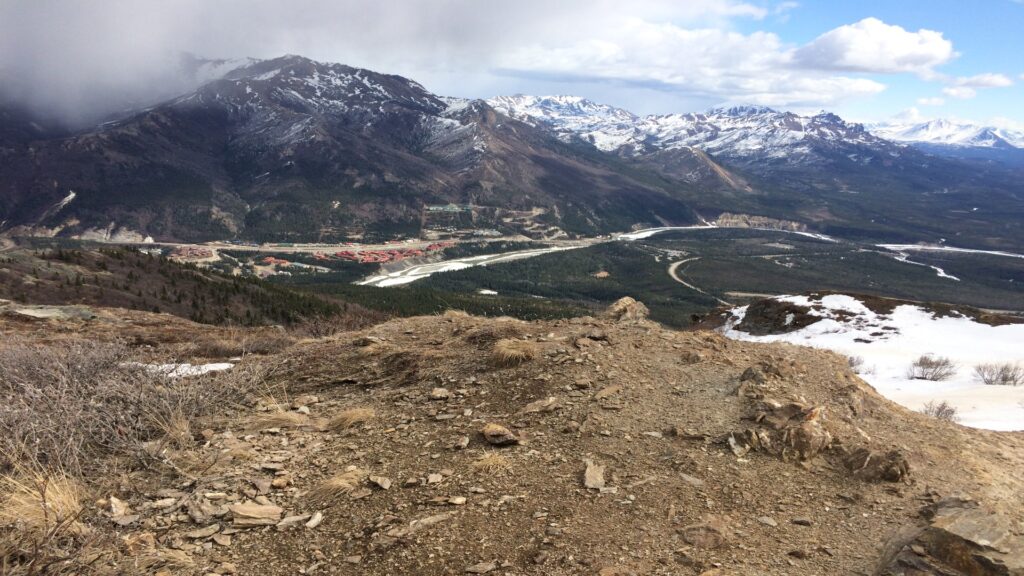
The brief but intense Alaskan summer transforms Denali National Park into a critical nursery for numerous iconic northern species. Moose calves, often born as twins, become increasingly visible along the park’s waterways and willow thickets from late May through June, particularly visible from the park road near Mile 10-15. Caribou calves, able to run with their herd within hours of birth, can be spotted throughout the park’s open tundra from late May through June, their presence marked by the protective formation the herd takes around its youngest members.
Dall sheep lambs display remarkable agility on the park’s steep mountainsides shortly after birth in May and June, most commonly viewed through spotting scopes from pullouts along the park road with views of the Alaska Range. Wolf pups, though rarely seen, occasionally emerge from dens in the park’s more remote areas by June, with the patient and lucky sometimes glimpsing them from the park buses that provide the main access through this largely trail-less wilderness.
Great Smoky Mountains National Park: Appalachian Offspring
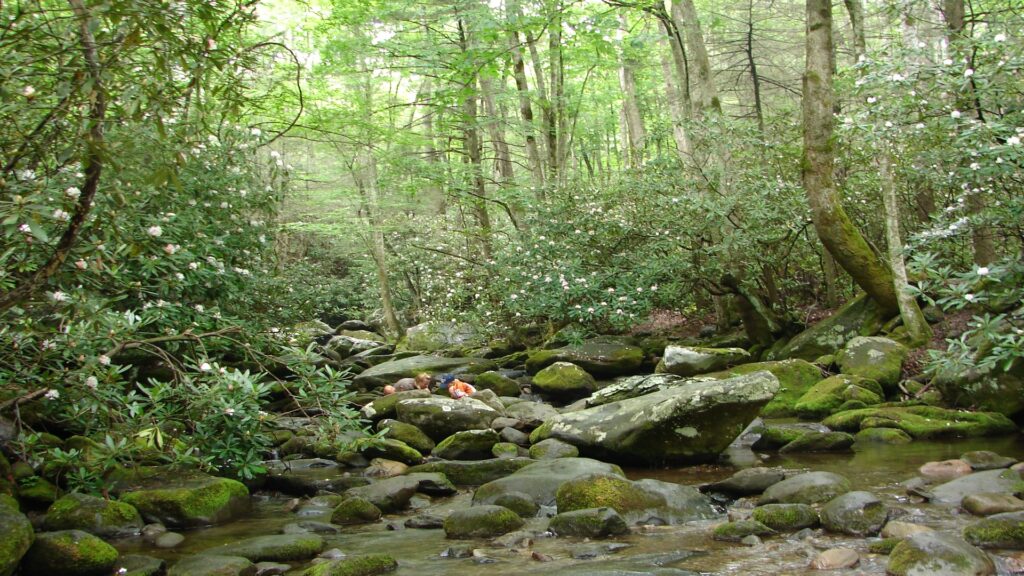
The ancient forests and misty valleys of Great Smoky Mountains National Park harbor numerous baby animals as spring brings renewal to these biologically rich mountains. Black bear cubs, typically born in litters of two to three, begin exploring the park with their mothers from April through summer, with Cades Cove and Roaring Fork Motor Nature Trail offering good viewing potential from the safety of your vehicle. White-tailed deer fawns, with their distinctive spotted coats, can be spotted throughout the park’s meadows and forest edges from late May through June, particularly visible in the early morning and evening hours at Cades Cove, Cataloochee Valley, and along the Oconaluftee River Trail.
Wild turkey poults follow their mothers through forest clearings and along quiet roadsides from late May through summer, often seen in family groups of 10-12 youngsters in the more open areas of Cades Cove and Cataloochee. Salamander hatchlings, representing some of the park’s less obvious but ecologically crucial species, emerge in the park’s countless mountain streams from spring through summer, with dedicated observers sometimes spotting these tiny amphibians near the edges of clear pools along trails like Kephart Prong and Middle Prong.
Katmai National Park: Bear Cub Central
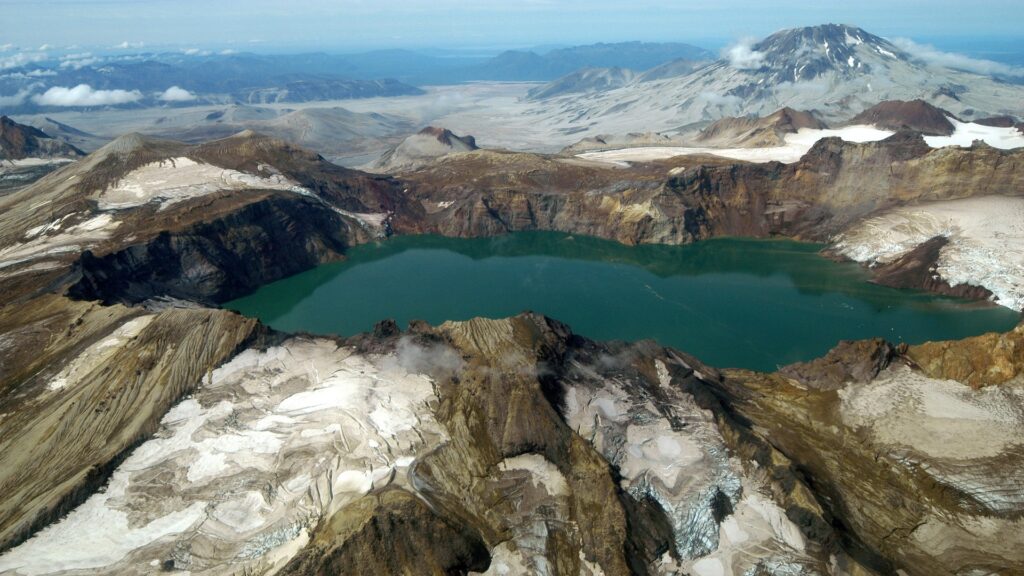
Alaska’s Katmai National Park offers perhaps the most reliable bear cub viewing in the national park system, particularly during the summer salmon runs. Brown bear cubs, typically in their first or second year, accompany their mothers to the famous Brooks Falls from June through September, where they learn crucial fishing techniques while enjoying the benefits of their mothers’ catches. The elevated viewing platforms at Brooks Falls and Brooks Lodge provide safe, close-range observation of these bear families, creating some of the most intimate wildlife viewing experiences available anywhere.
Spring cubs (first-year cubs) often climb trees for safety when other bears approach, creating charming scenes as their protective mothers wait below. Cubs in their second year (yearlings) begin developing fishing skills of their own, often creating comical moments as they attempt to replicate their mothers’ techniques with varying degrees of success. The park’s live bear cams also allow virtual visitors to witness these remarkable family interactions from anywhere in the world when travel isn’t possible.
Everglades National Park: Subtropical Baby Boom
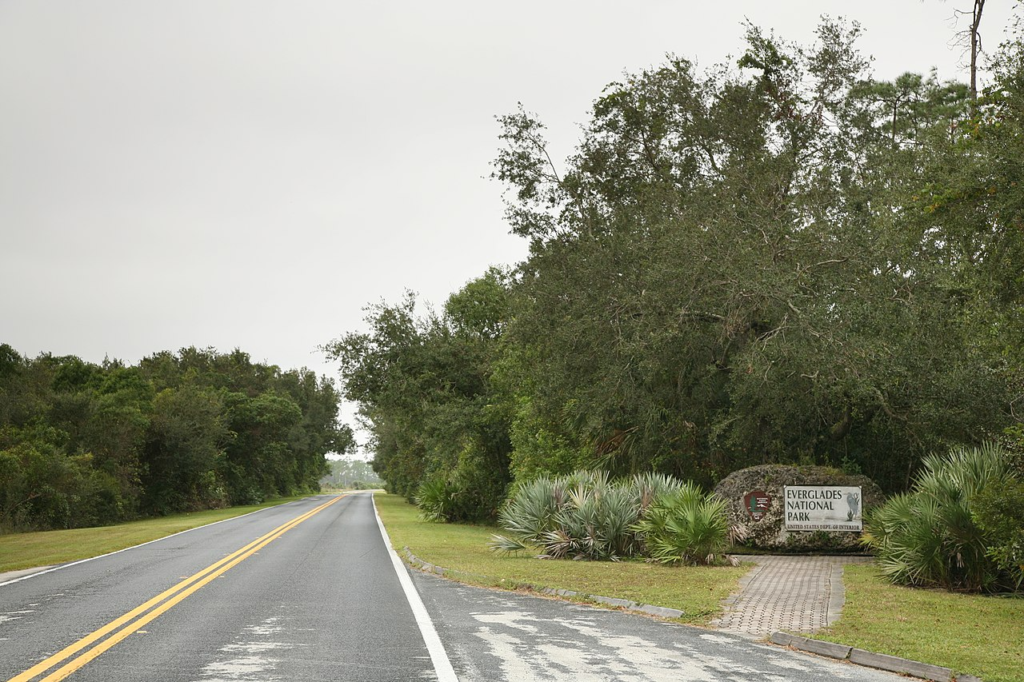
Florida’s Everglades National Park experiences a distinctive baby animal season that often corresponds with the dry winter and spring months when wildlife concentrates around remaining water sources. Alligator hatchlings, just 8-10 inches long at birth, can be observed from safe boardwalk viewpoints from late August through September, their distinctive chirping calls often alerting visitors to their presence as protective mothers keep close watch. Roseate spoonbill chicks, with their comically oversized bills, occupy nests in mangrove islands primarily from December through April, best viewed via ranger-led boat tours through Florida Bay or from the Anhinga Trail during nesting season.
River otter pups emerge from dens along the park’s many waterways from early spring through summer, their playful antics often visible from canoe trails and boardwalks in the freshwater slough areas of the park. Manatee calves, recognizable by their small size and frequent position directly beside their mothers, can be spotted year-round but particularly during winter months at the park’s Flamingo Marina and along the coastal waters, where these gentle giants seek warmer waters.
Channel Islands National Park: Marine Nurseries
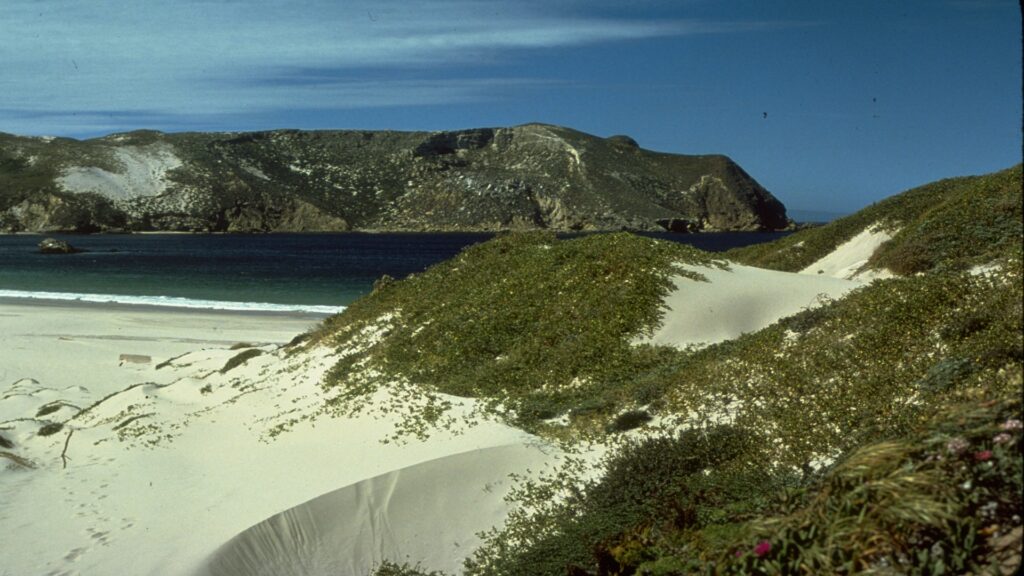
The isolated ecosystems of Channel Islands National Park off California’s coast provide crucial breeding habitat for numerous marine mammals and seabirds. Sea lion pups, with their distinctive barking calls, fill rookery beaches from June through August, particularly on San Miguel Island where one of the largest colonies in U.S. waters produces hundreds of pups annually that can be viewed from designated observation areas. Harbor seal pups rest on protected beaches and offshore rocks from late February through April, their soft white coats visible from island hiking trails and boat tours that maintain appropriate viewing distances.
Island fox pups, representing one of the world’s smallest canid species found nowhere else but these islands, emerge from dens by early summer, occasionally spotted by hikers on Santa Cruz, Santa Rosa, and San Miguel islands as these endangered animals continue their remarkable recovery. Seabird chicks of various species, including the striking pigeon guillemot and Cassin’s auklet, occupy cliff-side nests from spring through summer, creating busy, noisy colonies that can be observed from coastal hiking trails and boat tours circumnavigating the islands.
Responsible Wildlife Viewing Practices
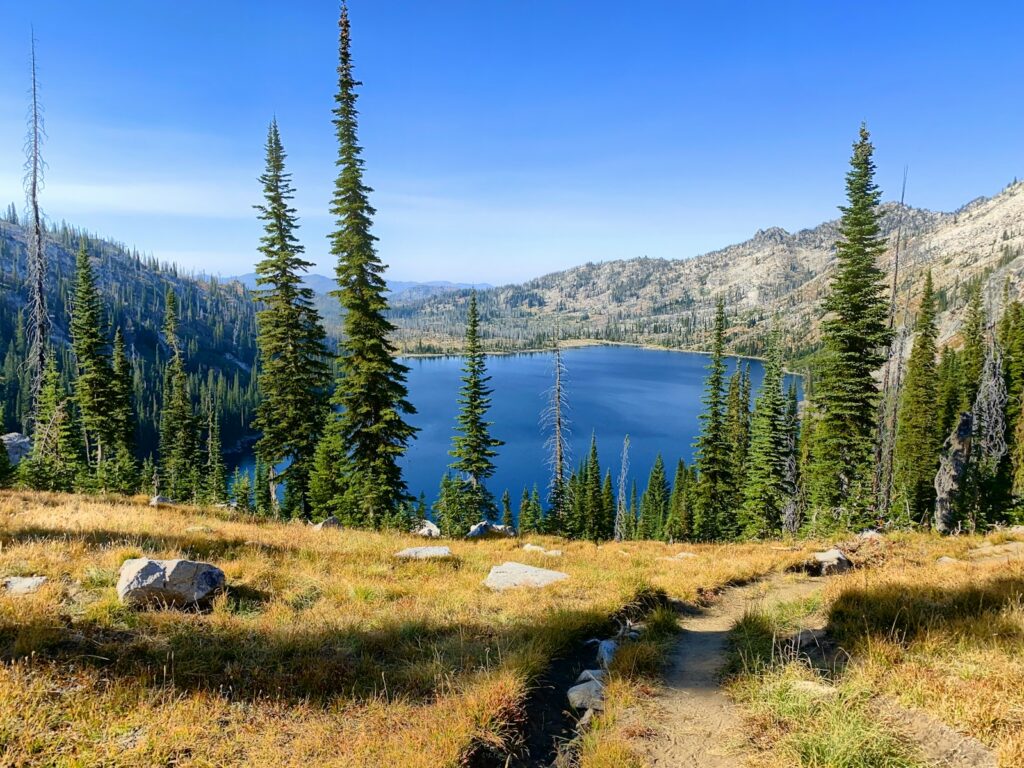
When observing baby animals in any national park, responsible viewing practices become especially crucial as young animals are particularly vulnerable to disturbance. Always maintain significant distance—the National Park Service recommends staying at least 100 yards from predators like bears and wolves and 25 yards from other large mammals, using binoculars or spotting scopes rather than approaching for close-up photos. Never position yourself between a mother and her offspring, as this can trigger defensive responses that endanger both wildlife and humans.
Speak quietly and move slowly when wildlife is present, avoiding sudden movements that might startle animals or separate families. Remember that approaching, feeding, or otherwise disturbing wildlife is illegal in all national parks, with substantial fines possible for violations; more importantly, these rules protect the animals’ natural behaviors and survival chances, especially during these critical early life stages.
Best Times and Seasons for Baby Animal Viewing
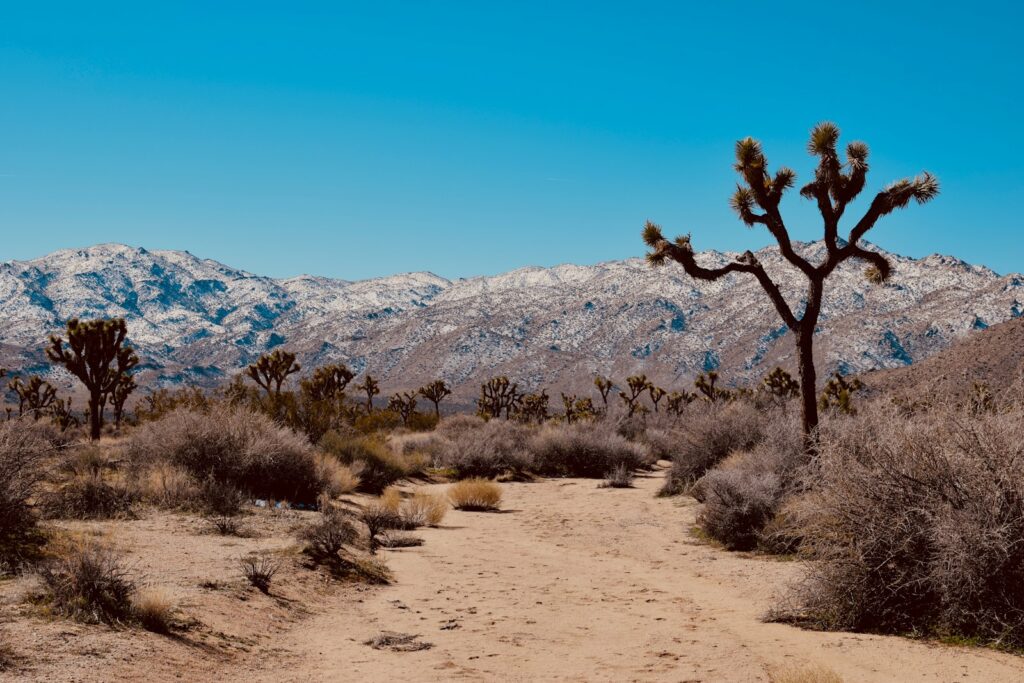
While spring and early summer represent peak birthing seasons for most North American wildlife, the specific timing varies by species and location. In lower elevation and southern parks like Everglades and Channel Islands, breeding seasons often occur earlier in the year or may happen during winter months when conditions are most favorable. Northern and high-elevation parks such as Denali, Glacier, and Rocky Mountain typically see most births compressed into the late May through June period, when newly emerged vegetation provides crucial nutrition for nursing mothers.
Early morning and evening hours generally offer the best viewing opportunities as many animals are most active during these cooler periods, with midday often spent resting in sheltered areas. Weekdays typically provide less crowded viewing conditions than weekends, allowing for quieter, more intimate wildlife encounters. Planning visits during shoulder seasons—just before or after peak tourism periods—often rewards visitors with both wildlife viewing opportunities and more availability for accommodations within or near popular parks.
Recommended Equipment for Wildlife Watching

Successful and satisfying baby animal viewing depends largely on having appropriate equipment that allows observation without disturbance. Quality binoculars with 8x or 10x magnification represent the minimum essential equipment, allowing detailed viewing while maintaining safe distances; spotting scopes on stable tripods provide even better viewing for more distant subjects like wolf dens or mountain goat nursery areas. A good camera with telephoto lens capabilities allows documentation of these special encounters without approaching animals too closely, with 300mm being a useful minimum focal length for most wildlife photography.
Weather-appropriate clothing in natural colors helps you blend into the environment and stay comfortable during extended viewing sessions, with layering systems particularly important in mountain parks where conditions can change rapidly. A field guide specific to the park you’re visiting helps identify species and understand behaviors, while downloadable apps like iNaturalist or specific park apps can enhance the educational aspect of wildlife viewing and allow you to contribute to citizen science efforts.
Conclusion: Your Guide to Baby Animal Sightings in National Parks
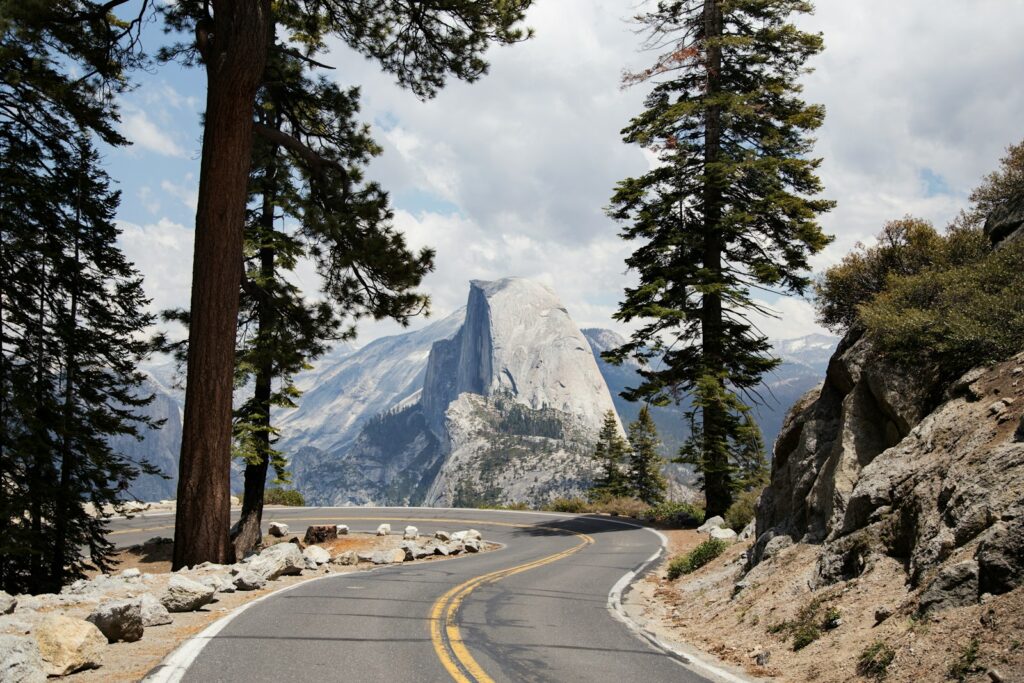
The appearance of baby animals in our national parks represents nature’s most heartwarming annual spectacle—a renewal of life that connects us deeply to these protected landscapes. While this guide provides starting points for your wildlife watching adventures, each year brings variations in timing and location based on weather patterns, population dynamics, and countless other natural factors. The unpredictability is part of the magic, requiring patience and a willingness to embrace the serendipitous nature of wildlife observation.
As you plan your national park visits this season, remember that witnessing these new generations isn’t just about capturing photos or checking species off a list—it’s about experiencing the profound continuity of life that these protected lands make possible. By observing respectfully and treading lightly, we ensure these natural nurseries continue to thrive for generations of both wildlife and human visitors to come.

